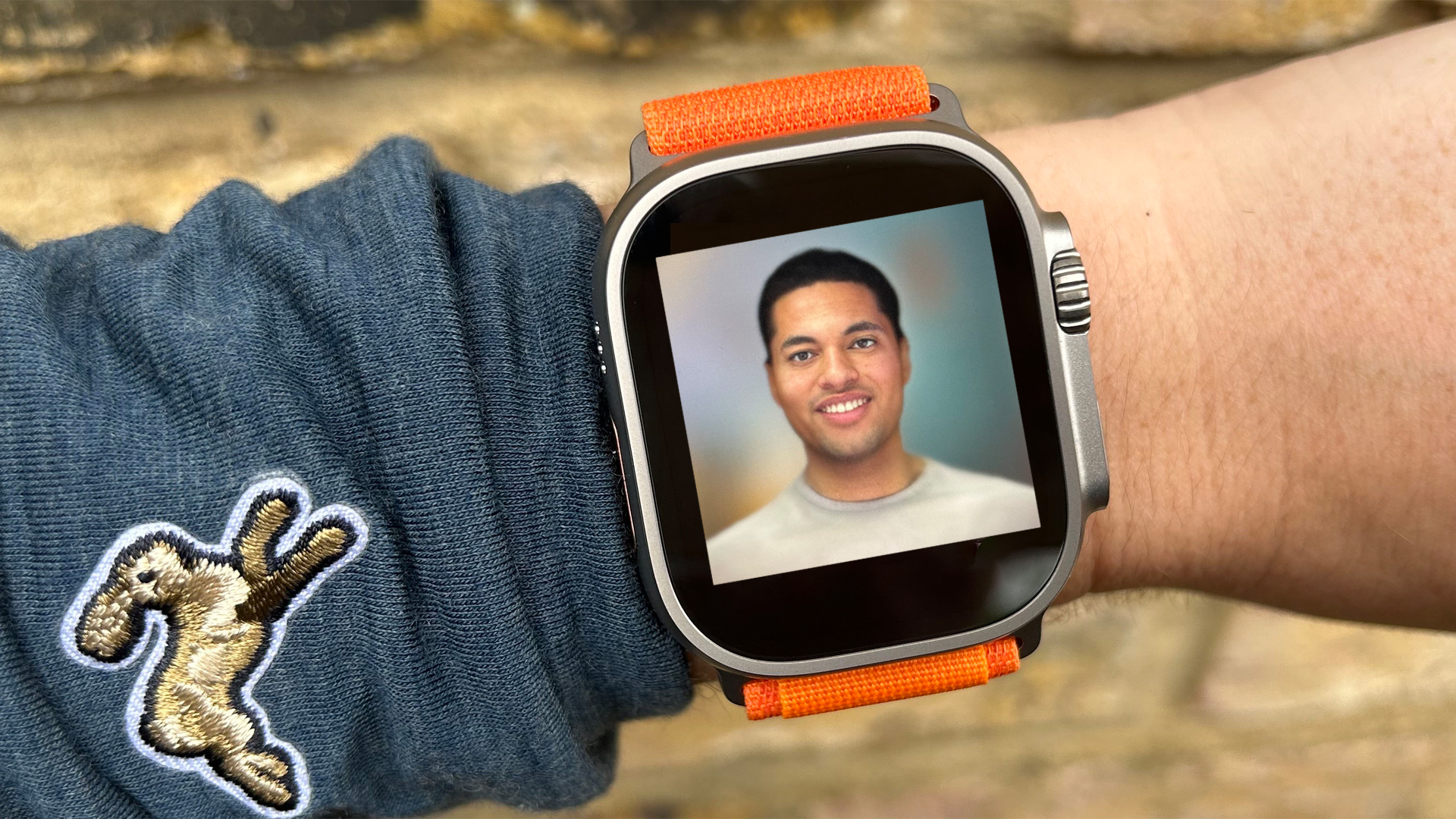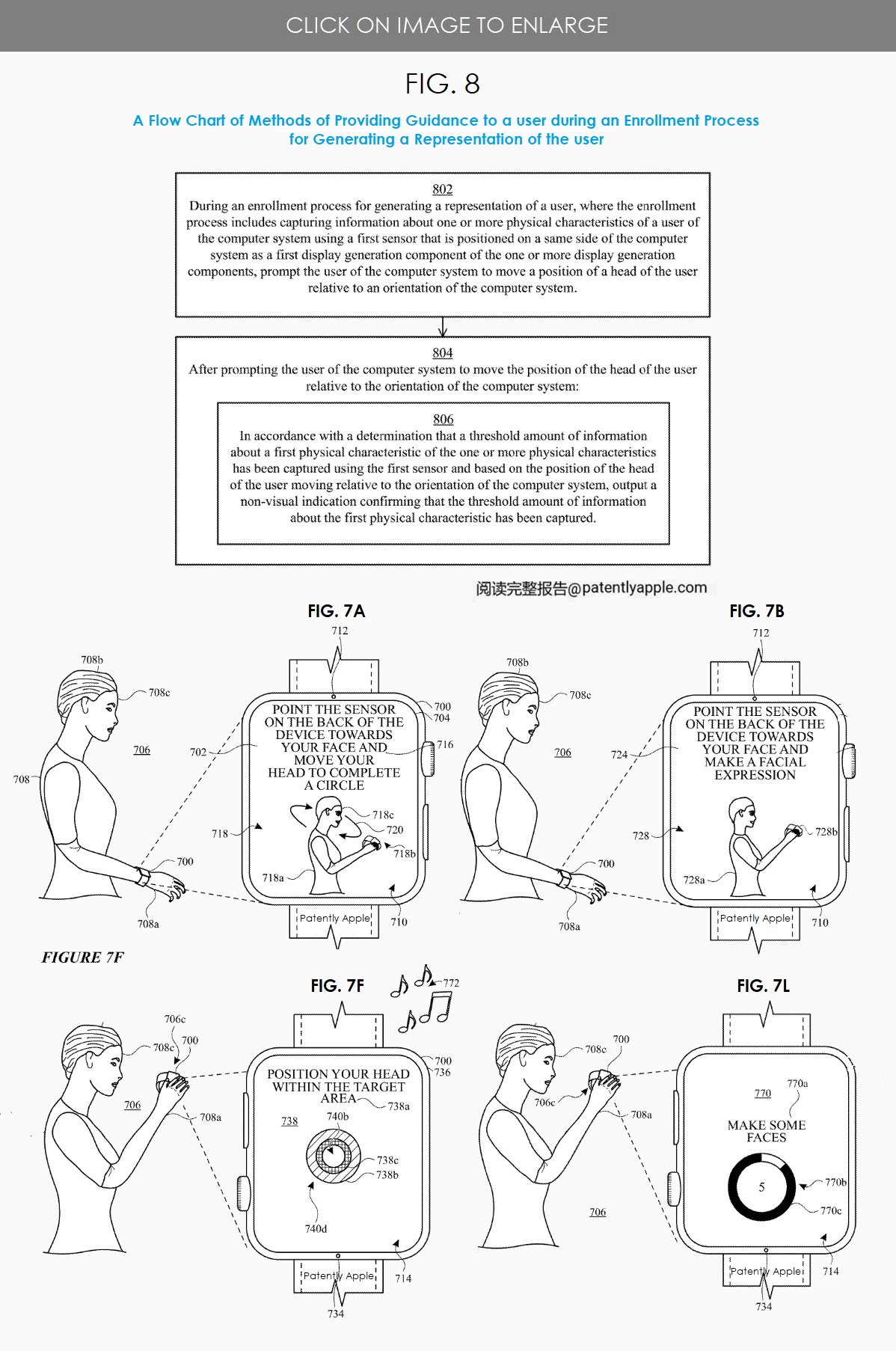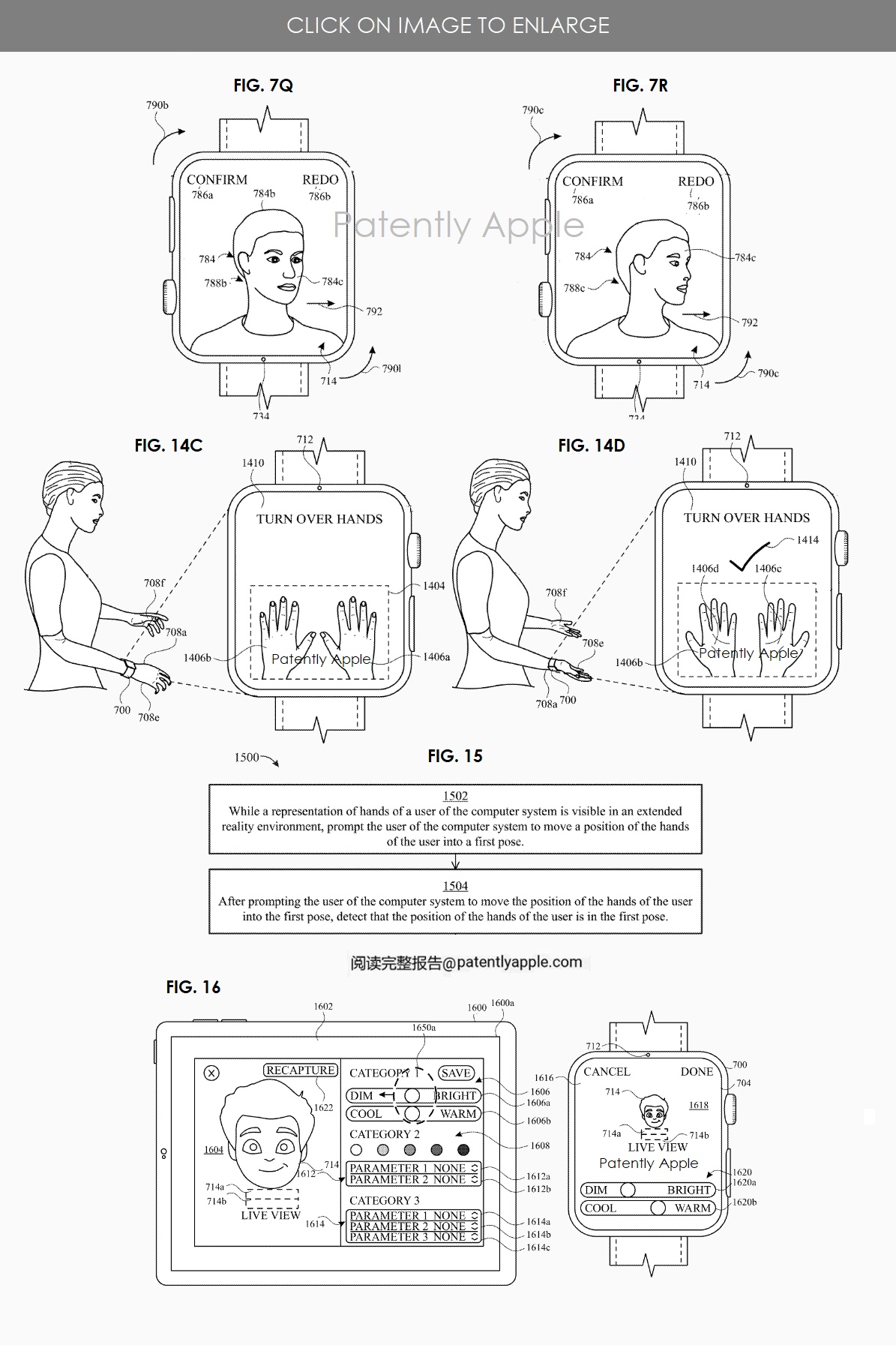Apple Vision Pro’s weirdest FaceTime feature could be coming to Apple Watch — here’s what we know
New patent reveals all

Let’s be honest — the moment we all saw the realistic avatars at the Apple Vision Pro event, at least some of us were a little freaked out. Well, Apple’s latest patent points toward your animated face coming to your wrist.
Last week, the US Patent & Trademark Office published a patent application (reported on by Patently Apple) from the Cupertino crew that shows how Apple Watch users will be able to scan their faces and hands, and use them as an avatar just like with the VR headset.
How does it work?
So, let’s start with the enrollment process of your face as an avatar. For Vision Pro, this includes taking the headset off and pointing the front of it towards your face — allowing the many cameras and sensors to take a 3D image of your mug.

For the Apple Watch, this includes using the sensors and cameras on the back of the wearable, moving the watch around your head, and making several facial expressions towards them. As for hand gestures, the sensors of the watch attached to your wrist will be able to detect small movements in your muscles and position to mimic what you’re doing in real life.
To help guide the user, audio feedback will play once you’ve completed each stage of the enrollment, just like setting up Face ID on the iPhone. Once scanned and uploaded, this avatar will be used when making FaceTime calls via Apple Watch — outputting audio via AirPods or the speaker directly on the watch.

Opinion: Will people use it?

That’s the ultimate question. After all, one of my main issues with smartwatches as a whole is how they can be a little over-engineered to replace certain tasks that are far easier to do by taking the extra two seconds to get your phone out of your pocket.
I can see the benefits of this in the form of getting your likeness to appear in a FaceTime call when out and about. In terms of how emotional responses are captured, Apple’s clear in saying that there is a need for “improved methods and interfaces” to generate an accurate representation of your face.
Sign up to get the BEST of Tom's Guide direct to your inbox.
Get instant access to breaking news, the hottest reviews, great deals and helpful tips.
But comfortability around a virtual face being used in video calls will take time for people to accept and adopt.
More from Tom's Guide

Jason brings a decade of tech and gaming journalism experience to his role as a Managing Editor of Computing at Tom's Guide. He has previously written for Laptop Mag, Tom's Hardware, Kotaku, Stuff and BBC Science Focus. In his spare time, you'll find Jason looking for good dogs to pet or thinking about eating pizza if he isn't already.
